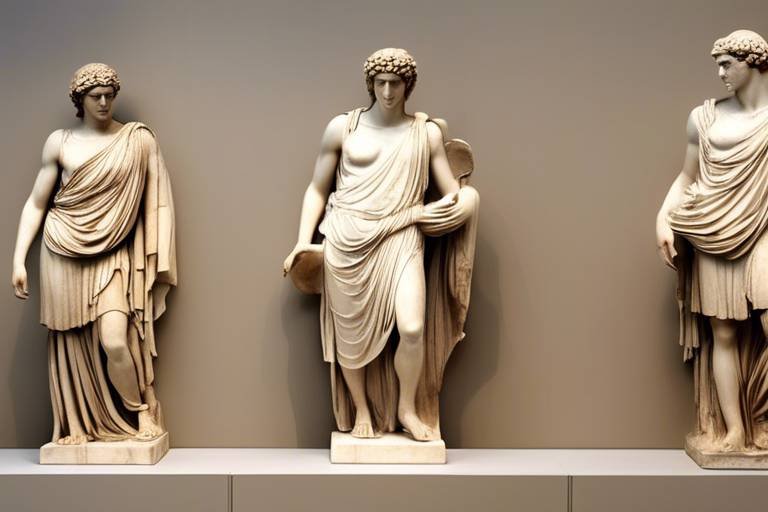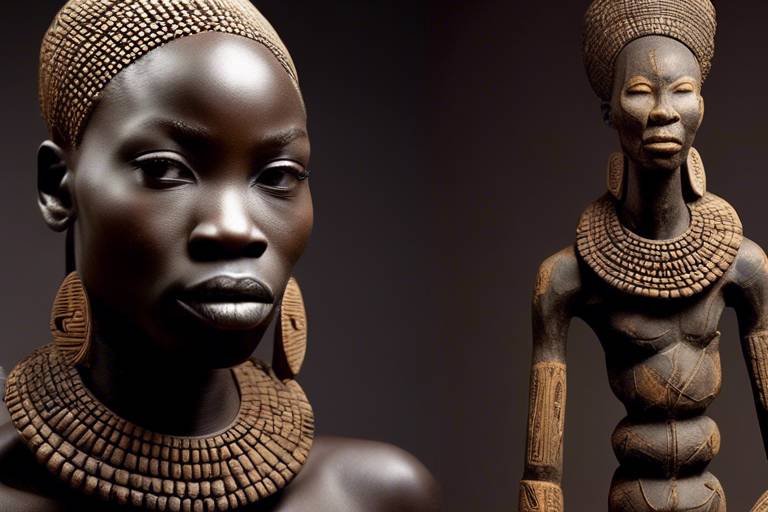Understanding the Symbolism in African Textile Arts
When delving into the world of African textile arts, one cannot help but be captivated by the deep symbolism and intricate designs that tell stories of history, culture, and spirituality. These textiles are not merely pieces of fabric; they are embodiments of tradition, identity, and creativity that have been passed down through generations.
Each pattern, color, and motif woven into African textiles carries a wealth of meaning, reflecting the beliefs, values, and experiences of the diverse communities across the continent. From the vibrant hues symbolizing joy and prosperity to the geometric shapes representing unity and protection, every element in these textiles serves a purpose beyond aesthetics.
Exploring the symbolism in African textile arts is like embarking on a journey through time and space, unraveling the threads that connect past and present, individual and community, material and spiritual realms. It is a tapestry of stories waiting to be discovered and appreciated for their depth and beauty.
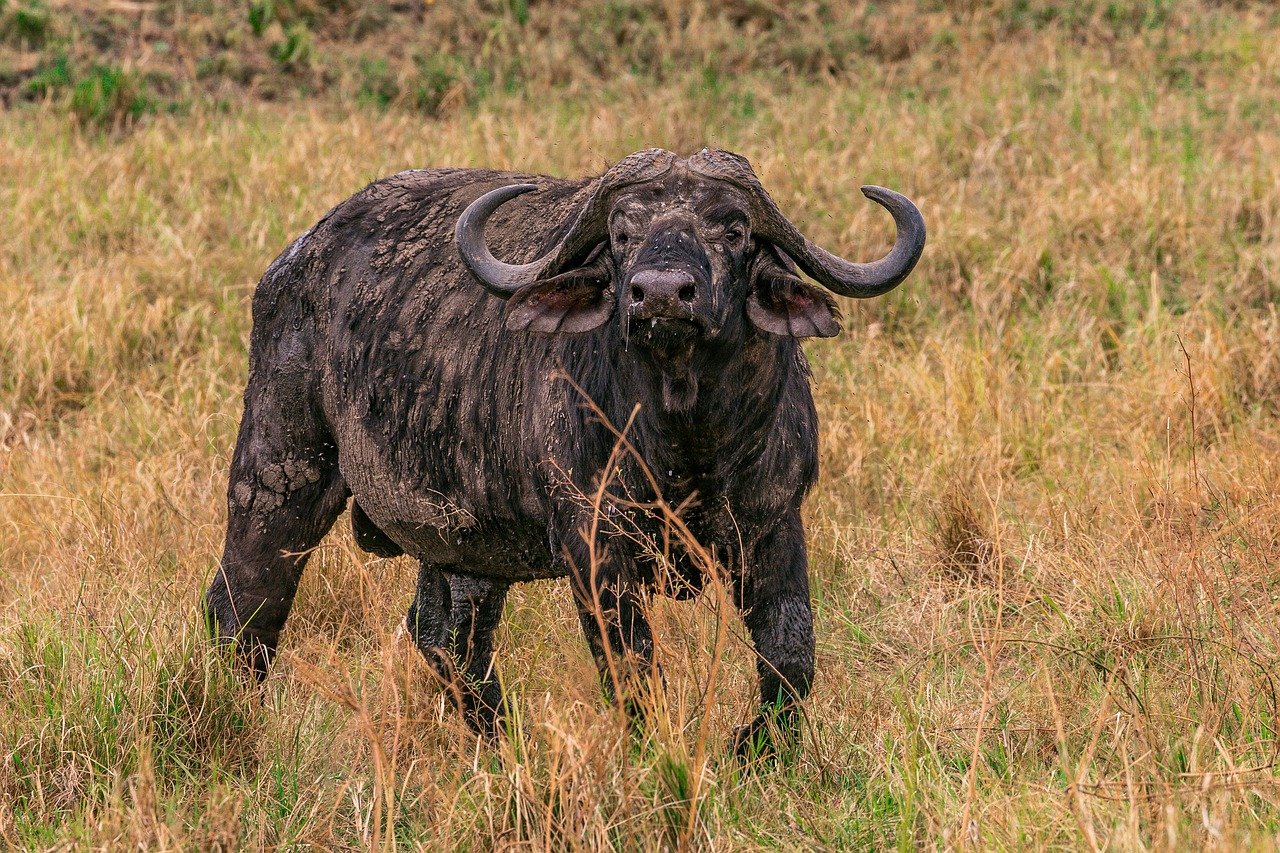
History of African Textile Arts
Exploring the rich cultural meanings and significance behind the intricate patterns and designs found in traditional African textiles, shedding light on the historical, spiritual, and social symbolism embedded in these art forms.
African textile arts have a deep-rooted history that spans centuries, reflecting the diverse cultures and traditions of the continent. These textiles have served as more than just fabrics; they are intricate pieces of art that tell stories of the past and present. The evolution of African textile arts can be traced back to ancient civilizations, where different tribes and regions developed unique techniques and styles to create textiles that were not only functional but also held symbolic meanings.
Throughout history, African textiles have been used for various purposes, including clothing, ceremonial attire, and decorative items. The craftsmanship and attention to detail in these textiles are a testament to the skill and creativity of African artisans. Each thread woven into the fabric carries a piece of history, connecting the present to the past in a colorful tapestry of tradition and culture.
From the intricate weaving patterns of the Ashanti people in Ghana to the vibrant tie-dye techniques of the Yoruba in Nigeria, African textile arts showcase a rich tapestry of creativity and symbolism. These textiles not only serve as a form of artistic expression but also as a way to preserve cultural heritage and pass down traditions from one generation to the next.
- What are some common motifs found in African textile designs?
- How do colors play a significant role in African textile symbolism?
- What is the significance of geometric patterns in African textiles?
- How have women contributed to the preservation of African textile traditions?

Significance of Colors in African Textiles
The colors used in African textiles hold deep symbolic meanings that reflect the cultural values and beliefs of different communities across the continent. Each color carries significance beyond mere aesthetics, serving as a visual language that communicates identity, emotions, and societal roles. In many African cultures, colors are not chosen randomly but are deliberately selected to convey specific messages and convey traditions that have been passed down through generations. For example, the color red often symbolizes power, vitality, and spirituality in various African societies, while white may represent purity, peace, or mourning, depending on the context and region. These colors play a crucial role in defining the narrative woven into the fabric, telling stories of heritage, rituals, and community ties.

Animal Motifs in African Textile Designs
Exploring the rich cultural meanings and significance behind the intricate patterns and designs found in traditional African textiles, shedding light on the historical, spiritual, and social symbolism embedded in these art forms.
Animal motifs play a significant role in African textile designs, serving as symbols deeply rooted in cultural beliefs and traditions. Animals such as lions, elephants, and crocodiles are commonly depicted in textiles, each carrying its own symbolic representation. For instance, the lion symbolizes strength and leadership, while the elephant represents wisdom and power. These animal motifs are not merely decorative elements but serve as a means of storytelling, conveying ancestral wisdom and spiritual connections through intricate patterns and designs.
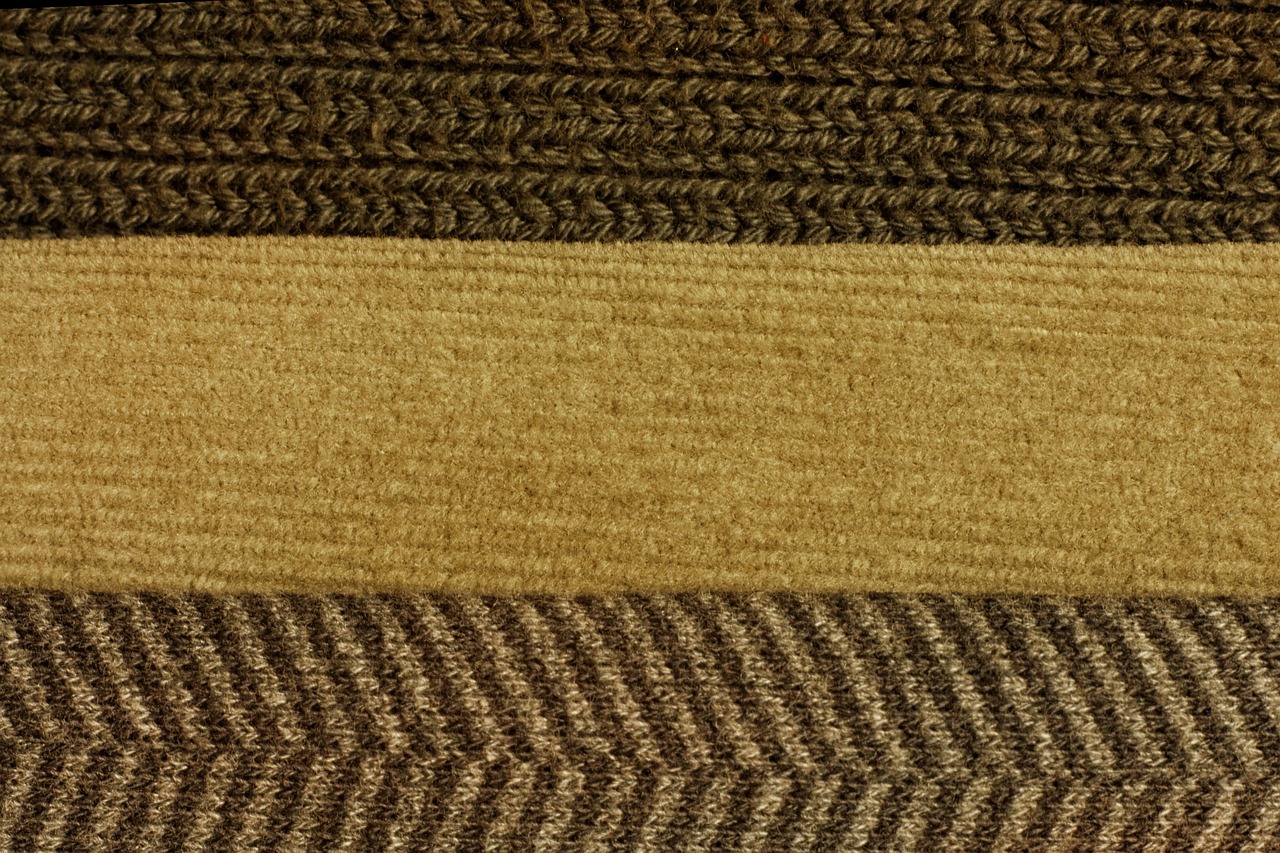
Geometric Patterns and Their Meanings
Exploring the rich cultural meanings and significance behind the intricate patterns and designs found in traditional African textiles, shedding light on the historical, spiritual, and social symbolism embedded in these art forms.
Delving into the origins and evolution of textile arts in Africa, tracing back centuries and highlighting the diverse techniques and styles used by different tribes and regions across the continent.
Examining the symbolic meanings associated with various colors used in African textiles, revealing how color choices convey messages about identity, status, rituals, and emotions within different African communities.
Exploring the prevalence of animal motifs in African textile designs and their symbolic representations, showcasing how animals are used to convey cultural beliefs, spiritual connections, and storytelling traditions.
Unpacking the significance of geometric patterns in African textiles, illustrating how shapes like triangles, circles, and diamonds hold specific meanings related to spirituality, unity, fertility, and protection in different African cultures.
Investigating the integral role of textile arts in African rituals and ceremonies, highlighting how textiles are used to mark important life events, communicate social status, and preserve cultural heritage within communities.
Exploring how elements of nature such as plants, trees, and landscapes are incorporated into African textile designs, symbolizing connections to the environment, ancestral spirits, and the cycle of life and death.
Discussing the empowering role of women in creating and preserving African textile traditions, showcasing how textile arts serve as a platform for women to express creativity, pass down knowledge, and generate income in many African societies.
Stay tuned for the FAQ section to find answers to common queries about African textile arts and symbolism.
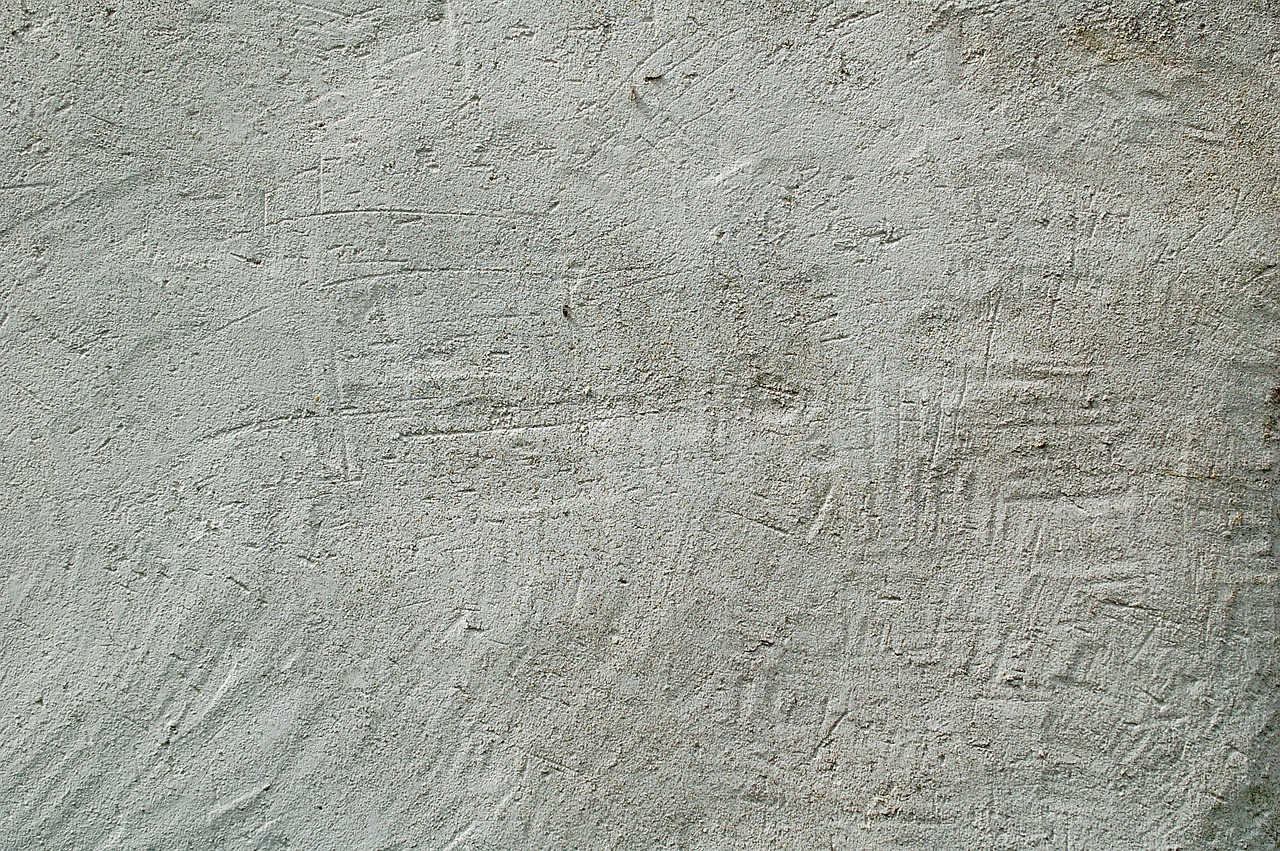
Role of Textile Arts in African Rituals
African textile arts play a crucial role in the rich tapestry of rituals and ceremonies across the continent. These intricate fabrics are not merely decorative but serve as powerful symbols imbued with cultural significance. In many African societies, textiles are used to mark important life events such as births, weddings, and funerals. They act as visual representations of tradition, spirituality, and community ties, connecting individuals to their heritage and ancestors.
The intricate designs and patterns found in African textiles often carry specific meanings that are deeply rooted in the beliefs and customs of the people. For example, certain motifs may symbolize fertility, protection, or prosperity, while specific colors may represent different stages of life or convey messages of strength and unity. Through the use of textiles in rituals, African communities express their values, histories, and collective identities in a tangible and visually striking manner.
Textiles are also used to communicate social status and hierarchy within African societies. The quality of the fabric, the complexity of the design, and the colors chosen can all signify the wearer's position in the community. In some cultures, specific textiles are reserved for royalty or spiritual leaders, highlighting the importance of these fabrics in signaling authority and respect.
Furthermore, the act of creating textiles itself is often a communal and celebratory practice. Women, in particular, play a significant role in the production of African textiles, passing down traditional techniques and patterns from generation to generation. Through their involvement in textile arts, women not only contribute to the preservation of cultural heritage but also find a source of empowerment and economic independence.

Influence of Nature in African Textile Symbolism
The influence of nature in African textile symbolism is profound and multifaceted. Nature, with its vibrant colors, diverse flora, and majestic landscapes, holds a sacred place in African cultures, reflected in the intricate designs of textiles. The use of natural elements such as plants, trees, and animals in textile arts symbolizes a deep connection to the environment and the spiritual world.
Plants and trees featured in African textile designs often represent growth, fertility, and regeneration. The intricate patterns inspired by leaves, roots, and branches symbolize the cycle of life and the interconnectedness of all living beings. These botanical motifs not only add aesthetic beauty to the textiles but also carry profound meanings related to abundance, healing, and the vitality of nature.
Furthermore, landscapes depicted in African textiles evoke a sense of belonging and ancestral heritage. The vast savannas, lush forests, and winding rivers portrayed in the designs serve as visual narratives of the African landscape, capturing the essence of the natural world that sustains and inspires communities. Through these landscape motifs, textile artists pay homage to the beauty and resilience of the African environment.
Animal motifs, another prominent feature in African textile symbolism, are often intertwined with nature-inspired elements. Animals such as lions, elephants, and birds are not merely decorative elements but carriers of symbolic significance. They represent power, wisdom, and spiritual guidance, drawing connections between humans and the animal kingdom. These animal motifs serve as reminders of the intricate web of life and the sacred bond between humans and nature.
In conclusion, the influence of nature in African textile symbolism is a testament to the deep-rooted connection between African communities and the natural world. By incorporating elements of nature into their textile designs, artists honor the environment, celebrate ancestral wisdom, and convey profound spiritual messages that transcend time and space.

Women Empowerment Through Textile Arts
Women empowerment through textile arts is a powerful phenomenon that transcends mere creativity and craftsmanship. In many African societies, women play a pivotal role in the creation and preservation of traditional textile designs, serving as the bearers of cultural heritage and agents of change. Through intricate weaving, dyeing, and embroidery techniques, women express their unique perspectives and stories, infusing each textile piece with a sense of identity and pride.
Textile arts provide a platform for women to showcase their skills and talents, often serving as a means of economic empowerment. By engaging in textile production, women can generate income for themselves and their families, gaining financial independence and autonomy. This economic empowerment not only enhances the status of women within their communities but also contributes to the overall socio-economic development of African societies.
Moreover, the act of creating textile art is a form of self-expression and empowerment for women. Through intricate designs and patterns, women convey messages of resilience, strength, and unity. Textile arts become a medium through which women can assert their creativity, challenge societal norms, and promote gender equality.
Additionally, textile arts play a significant role in passing down intergenerational knowledge and skills from mothers to daughters. By engaging in textile production, women ensure the preservation of cultural traditions and practices, fostering a sense of continuity and connection with their heritage. This transfer of knowledge empowers women to take pride in their cultural identity and instills a sense of belonging within their communities.
Overall, women empowerment through textile arts is a multifaceted process that goes beyond the mere act of creating fabric. It involves economic independence, cultural preservation, self-expression, and the promotion of gender equality. By recognizing the vital role that women play in the textile industry, African societies can harness the power of textile arts to uplift and empower women across the continent.
Frequently Asked Questions
- What is the significance of colors in African textiles?
The colors used in African textiles carry deep symbolic meanings related to identity, status, rituals, and emotions within different African communities. Each color conveys a unique message and plays a crucial role in storytelling through textile art.
- How are animal motifs incorporated into African textile designs?
Animal motifs are widely used in African textile designs to represent cultural beliefs, spiritual connections, and storytelling traditions. Animals symbolize various qualities and characteristics that hold significance within different African cultures, adding layers of meaning to the textile art.
- What role do geometric patterns play in African textiles?
Geometric patterns in African textiles hold specific meanings related to spirituality, unity, fertility, and protection in different African cultures. Shapes like triangles, circles, and diamonds are carefully chosen to convey deeper messages and reflect the cultural values of the community.
- How do African women contribute to textile arts?
African women play a pivotal role in creating and preserving textile traditions, using textile arts as a platform to express creativity, pass down knowledge, and generate income. Their involvement empowers them to showcase their skills and contribute to the cultural heritage of their societies.





